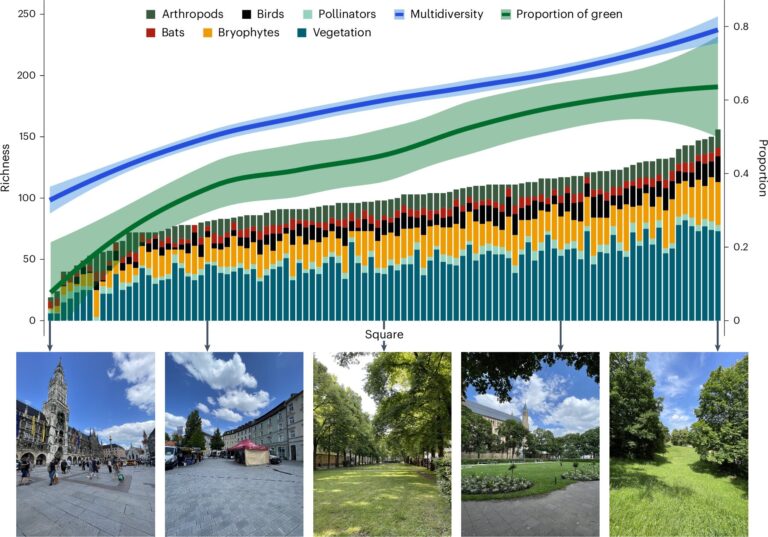

In May 2022, a group of monsoon researchers conducted “Earth Summit Mission 2022: Scientific Expedition and Research on Mt. Qomolangma” within the Himalayan Mountains. This mission implemented new advanced weather observation technologies, methods, and means to investigate both the vertical change characteristics and interaction mechanisms of the region’s prevailing westerlies and monsoonal flow. Research data covered all six spheres, or atmospheric layers, near Mt. Qomolangma, also known as Mount Everest, the highest mountain on Earth.
This expedition was the first scientific research project implemented at greater than 8,000 meters above sea level. Researchers focused on two tasks: Detecting the vertical structure of the atmosphere surrounding the mountain and observing extreme weather conditions unique to Mt. Qomolangma. Their full report is now published in Advances in Atmospheric Sciences.
“We successfully predicted that the best time to rush to the summit would be around May 4, due to the low relative humidity and weak wind speed (less than 15m/s) around 8000 meters altitude. All the observations in the base camp and Qomolangma Station made a significant contribution to this scientific expedition,” said Prof. Weiqiang Ma, the leader of Qomolangma station team.
Using cutting-edge instruments for high-altitude weather detection, the team collected data at the summit and at their base camp near the National Observation and Research Station for Qomolongma Special Atmospheric Processes and Environmental Changes, which is located at 28021’54”N, 86056’53”E at an altitude of 4,276 meters.
These instruments facilitated high altitude radio soundings, wind radar data, and microwave radiometry. An EC system, atmospheric boundary layer tower, and automatic weather station (AWS) assisted in this analysis, which allowed new insights into the vertical structure of the atmosphere near Mt. Qomolangma.
“Based on the preliminary analysis of the observations, we found strong glacial wind around Mt. Qomolangma, and we learned more about the vertical momentum exchange between large-scale westerlies and the boundary layer in the Qomolangma area,” said Prof. Yaoming Ma, leader of the westerly-monsoon synergy and influence team and the report’s corresponding author.
Observing the atmosphere at high altitudes using unmanned aerial vehicles
Yaoming Ma et al, Earth Summit Mission 2022: Scientific Expedition and Research on Mt. Qomolangma Helps Reveal the Synergy between Westerly Winds and Monsoon and the Resulting Climatic and Environmental Effects, Advances in Atmospheric Sciences (2022). DOI: 10.1007/s00376-022-2166-3
Chinese Academy of Sciences
Citation:
Exploring the synergy of westerlies and the monsoon on Mt. Everest, as well as their climatic and environmental effects (2022, September 19)
retrieved 20 September 2022
from https://phys.org/news/2022-09-exploring-synergy-westerlies-monsoon-mt.html
This document is subject to copyright. Apart from any fair dealing for the purpose of private study or research, no
part may be reproduced without the written permission. The content is provided for information purposes only.




